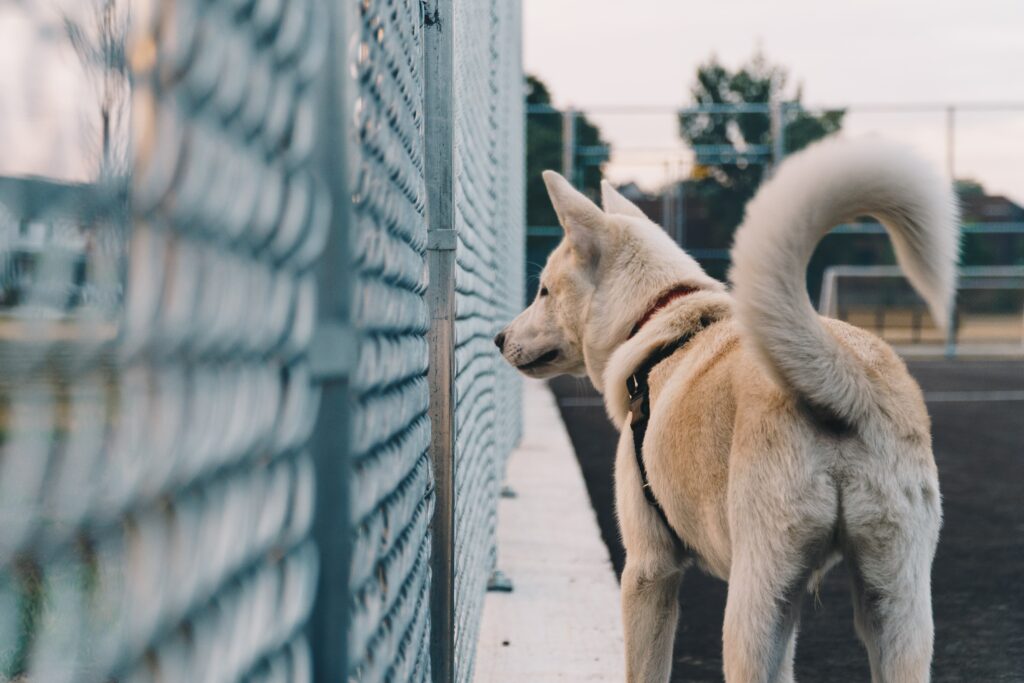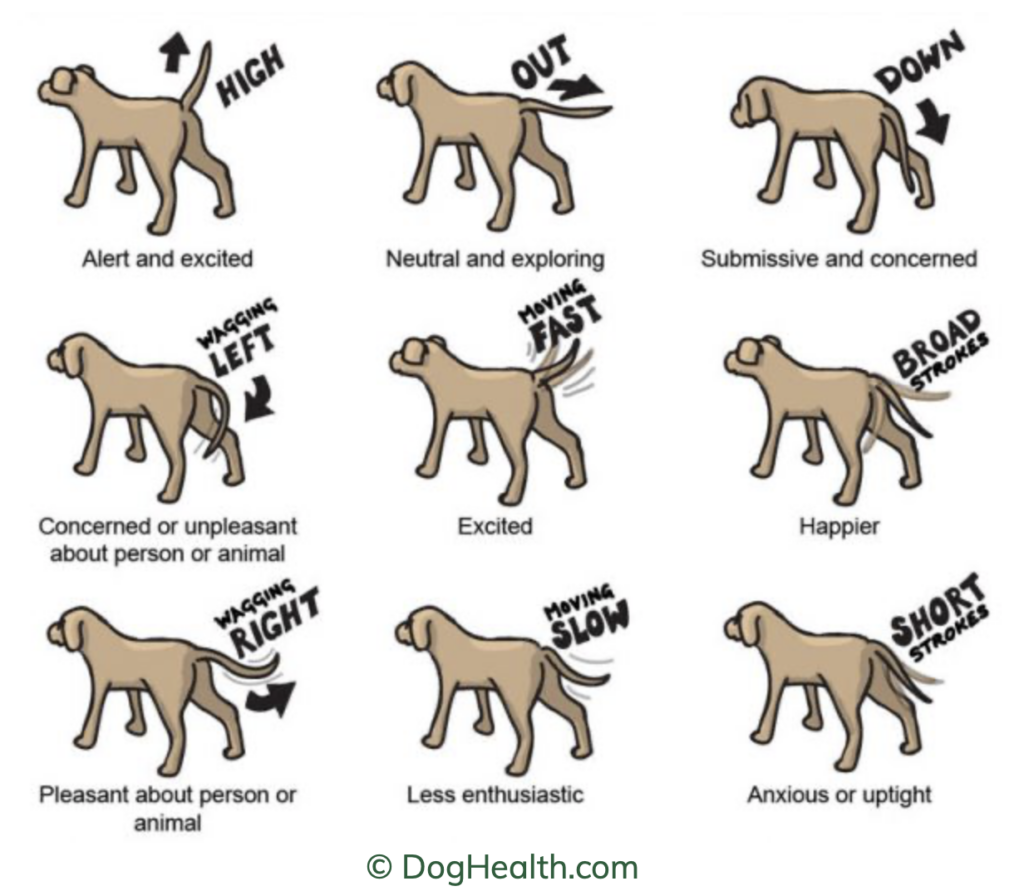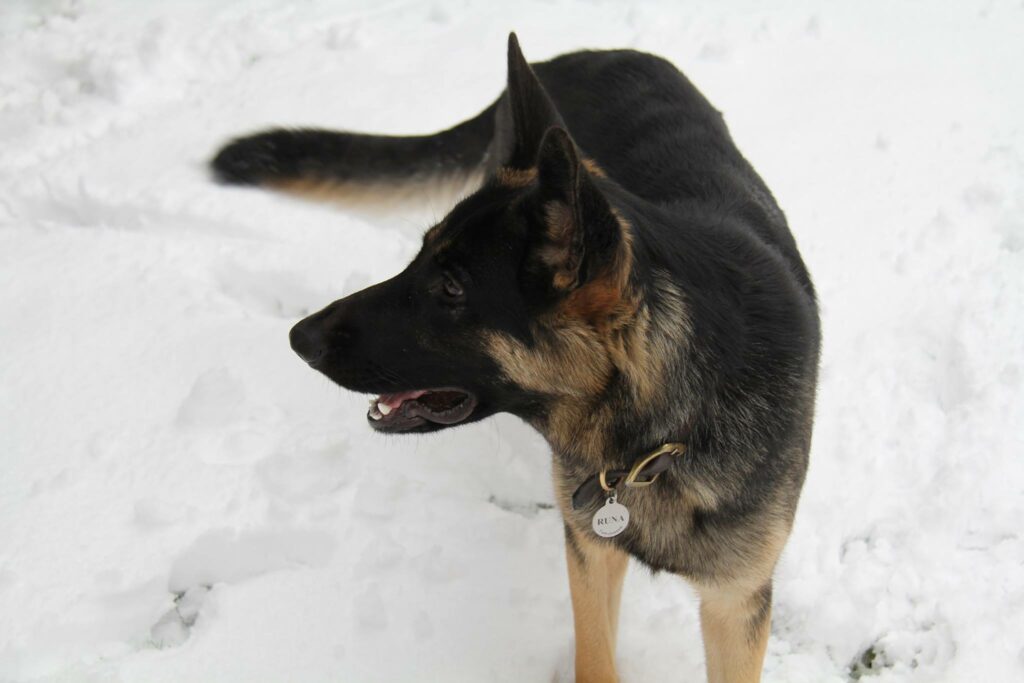I watched Jesse Miller’s TedX “Revaluate, rethink, release” from 2014, which was about how we, and in particular, our children, engage and connect with technology and social media. I completely agree that children are often pacified with technology. I often see children in restaurants staring at a screen, not engaged with the family, just quietly watching colorful and bright things. And it is true, what Miller said, that that is not an example of a well-behaved kid. That is an example of a kid pacified with technology. That child is not learning how to behave while out in a public place. Or how to interact and converse with his family. It teaches him that it’s proper to be on your device while having a meal with your family. And with today’s youth feeling the need (or maybe even responsibility) to document and post their lives online for countless followers and likes, shouldn’t we do what we can as parents (and educators) to teach our kids when to put the phone down? Kids today are in a negative use of social media. They post anything and everything without the fear of any repercussions. And we, as adults, expect our youth to have the skills to have appropriate dialogue and content sharing, but that is often not the case. And often, something that shouldn’t have been shared is shared, and the damage is done. So, we need to teach our youth appropriate social media sharing. We have a multiliteracies course, and we have discussed the importance of being multiliterate, especially in today’s culture. I liked how Miller described that becoming media literate is more than turning the mobile device towards you and sharing a photo to social media. Media literacy means the device is turned outwards, and we capture the events around the world. Knowing when to record an event and when to put the phone down. And this is what we need to be teaching our youth.
Category: EDCI 336 (Page 2 of 2)
This is a category for the EdTech course. Please add this category in addition to the relevant edtech assignment category(ies).
Dog communicate mainly by body language, and it is our responsibility (as dog owners) to learn and watch for the subtle cues they are telling us. Here are some tips when reading dog body language.
Tail Wagging

A wagging tail is one of the first indicators we humans think the dog is happy, but we are often reading this wrong. A wagging tail means the dog is emotionally trigged. It could be excitement and joy, but could also be frustration or excitement towards dominance and aggression. In order to read the tail wag effectively, you’ll want to pay attention to the speed and position of the tail.

Raised Hackles

Just like tail wagging we assume a dog is happy, when we see raised hackles we think aggression, but again, we are wrong. Raised hackles is when the dogs fur stands up on its back, often given them a larger appearance. But all it means is that the dog is excited. That excitement could be positive or negative, and often it is an involuntary response.
Posture
A dogs posture and how they are distributing their weight says a lot about how they are feeling.
Children and Dogs

This is one of the most important post people with dogs and kids should read. We often think our children snuggling with our dogs, hugging them tightly, laying on them, etc. is cute and harmless. And more often we think our beloved dogs enjoy it as well. But they are often telling us, time after time, that they are not comfortable and want space. Here are the tips you need to look out for when children are around dogs.

- Whale eye-ing. This is when they dog looks at the child sideways – head forward, eyes to the side. Dogs do this when they are uncomfortable in a situation.
- Averting gaze. This is when the dog continually looks away, turning the head away from the person, and is another sign the dog is uncomfortable.
- Bulging eyes. Bulging eyes is a sure sign of severe stress. If you see your dog’s eyes are bulging while being touched by a child, remove the child immediately.
- Relocating. This is when the dog will relocate to another area in the room. Often, children will just follow the dog to their new spot and the dog will relocate again. This is another sign that the dog is uncomfortable and needs space.
- Tongue Flicking. This is when the dog is constantly licking their nose or lips, or flicking his tongue out. It is a self-soothing behaviour, triggered during uncomfortable or stressful social situations.
- Baring teeth. This is when a dog will show you their teeth. It not always accompanied with a growl. When a dog shows their teeth they are sending you a very clear message to back off. Often, when a dog bares their teeth they get scolded, but that is the wrong thing to do. Baring teeth is a warning sign, and if a dog is scolded for it, they believe they are in trouble for warning a person to back off. Next time they might not give the warning, and go straight for the bite. If you see a dog baring their teeth at someone, quickly remove the person from the situation and let the dog be.
- Growling. This is usually accompanied if baring teeth didn’t send the message effectively. This too is not something you want to punish a dog for, as it is their way of giving a final warning. If baring teeth and growling doesn’t work, then biting is next.
A Relaxed and Composed Dog

The documentary Most Likely to Succeed (2015), by Greg Whiteley, put into question America’s educational system. A concept developed over a century ago that doesn’t quite fit into our modern 21st century. Across the country, whether public or private schools, there is one primary curriculum: test preparation, particularly test preparation for the SATs. But this factual recall testing does not teach students about work learning or citizen readiness in the 21st century. And one of the roles of being a teacher is to prepare students for the real world and how to be good citizens. With the increasing advancements of technology, the requirement to retain this factual knowledge is not necessary. We have access to information easily and readily. High Tech High is, therefore, taking on a different approach and looking at an alternate curriculum. One that focuses on projects and creative thinking while not conforming to the traditional textbook and grades framework. Having “soft skills” – confidence, time management skills, ability to think critically, ability to collaborate, ability to learn from criticism – are all things students should be learning in this modern world. I believe that is a step in the right direction when thinking about learning for the future. Any jobs that don’t require critical thinking or human creativity are getting replaced by technology, and eventually, they will be gone. We are at a pivotal moment where we are transitioning into a technology-driven world, and therefore we need to experiment with different curriculum/learning methods. I admire High Tech High for stepping outside the box to try something new. But this documentary doesn’t have a follow-up, so we are left with a very preliminary idea, with no in-depth concept on the work being done in the school. I think the education system needs to be revamped. Perhaps a traditional blended model with the innovation being done at High Tech High would be beneficial. I feel like it would coincide with what we are learning in my Secondary PDP classes – multiliteracies, Socratic Seminars, critical thinking, etc. while stepping away from the standardized testing. We want students to enjoy learning and be able to retain what is essential. We want students to know how to access information correctly and contribute with their peers because that is how it is in the real world.
This is where Assignment 2: Educational Technology Resource Development will be presented when complete.

Ever wonder why a dog wags their tail? Ever wonder why a German Shepherd is in the herding group and not the working group? Ever wonder why a lab loves the water? I’m going to look into dog behaviour and body language, as well as four common dog breeds and discuss their breed history and specific breed traits.